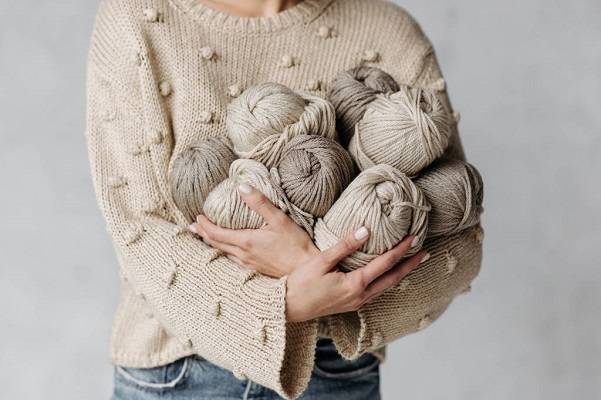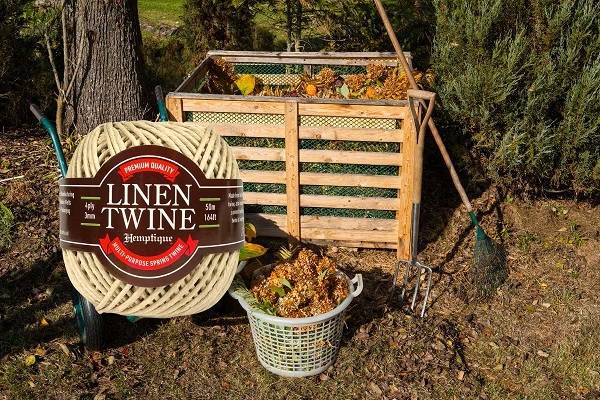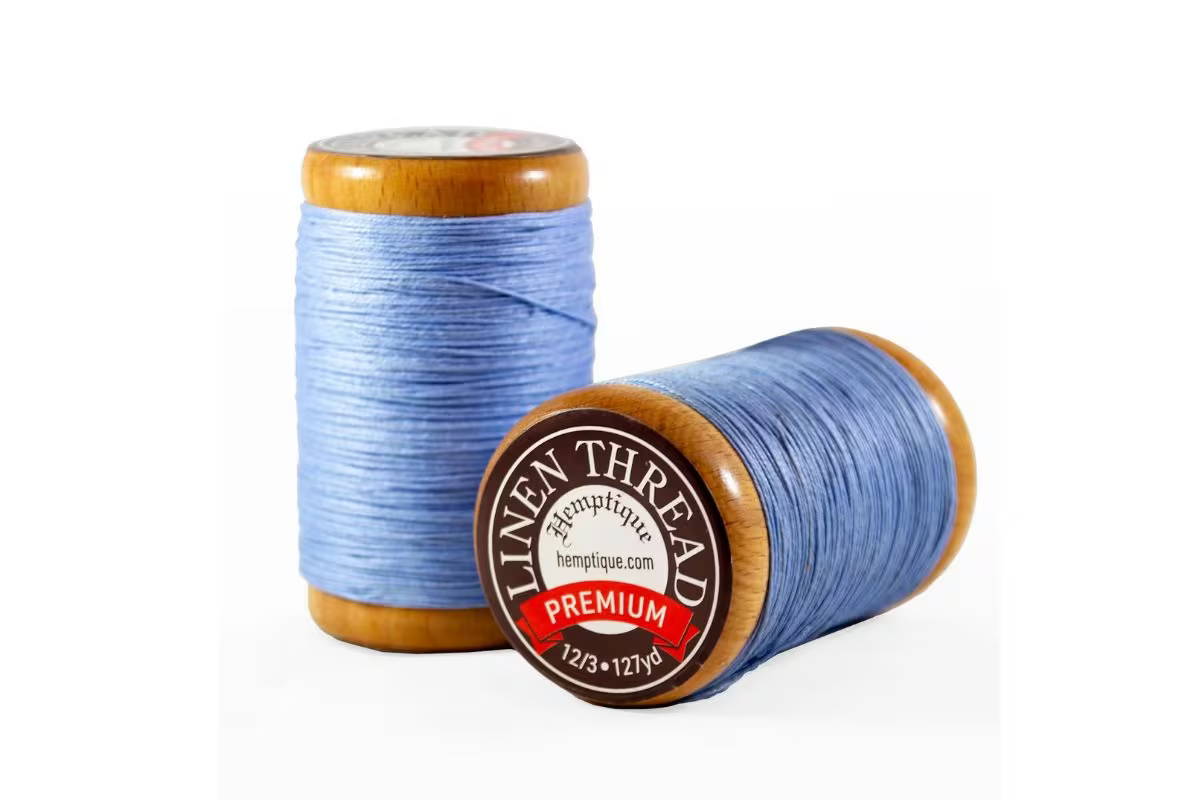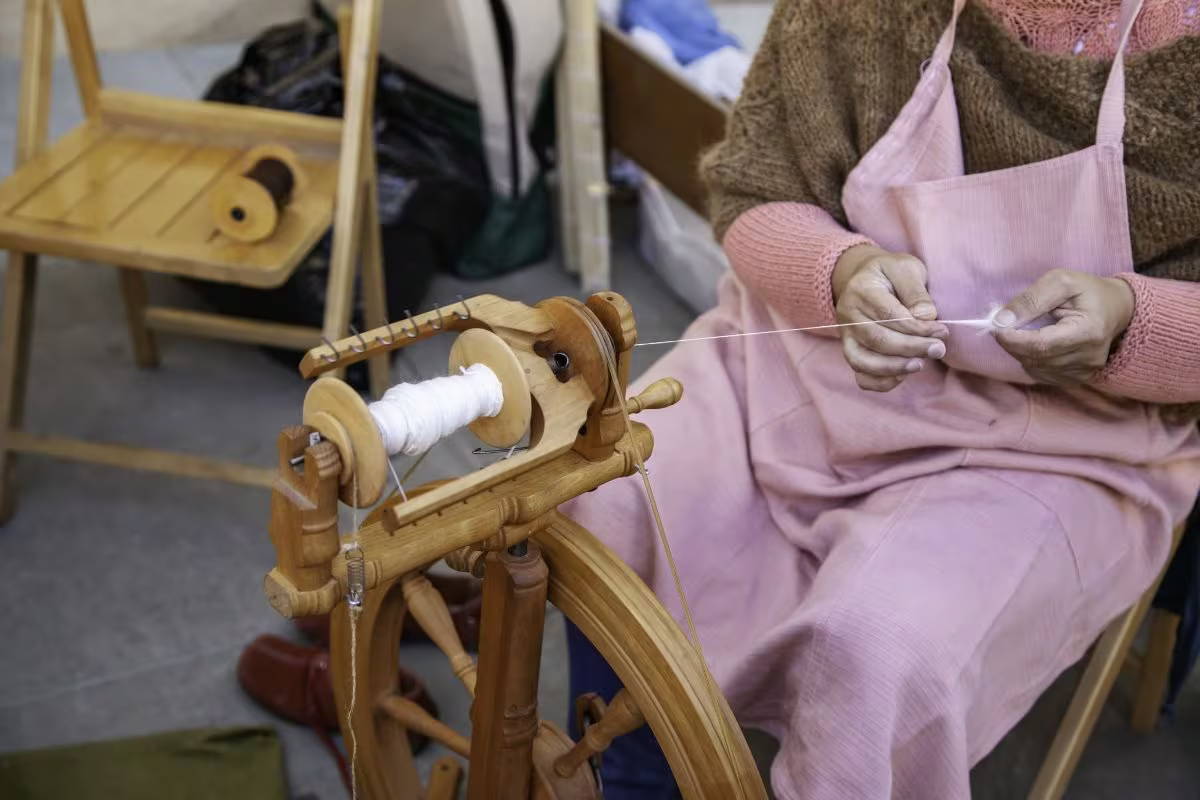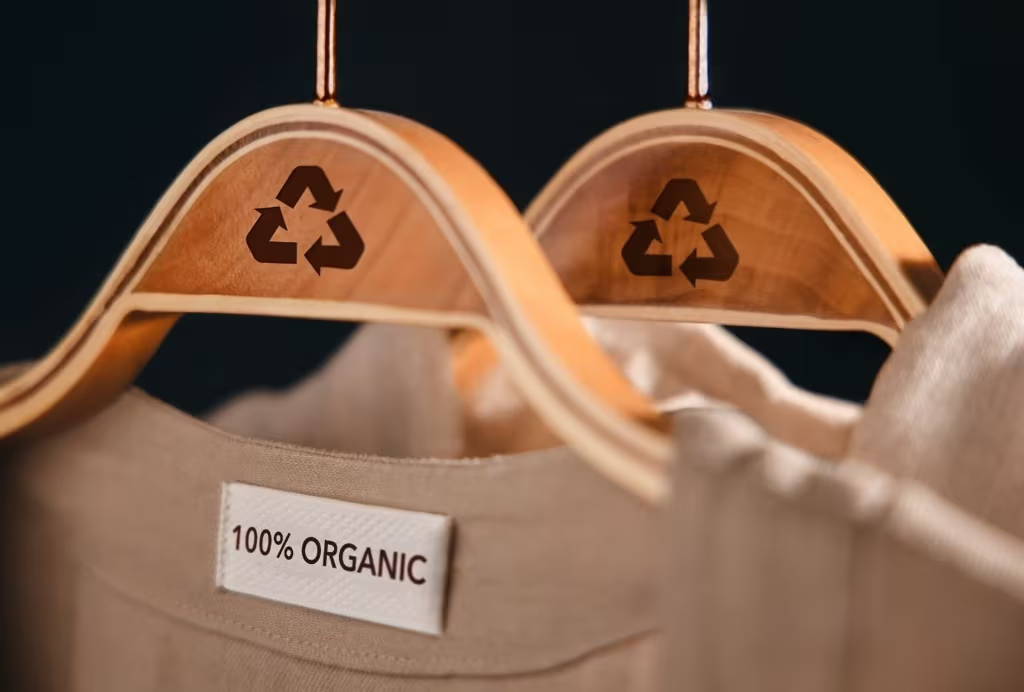The Complete Guide to Food Packaging Twine
Safe, Sustainable and Practical Choices for Bakeries, Butchers & Food Brands
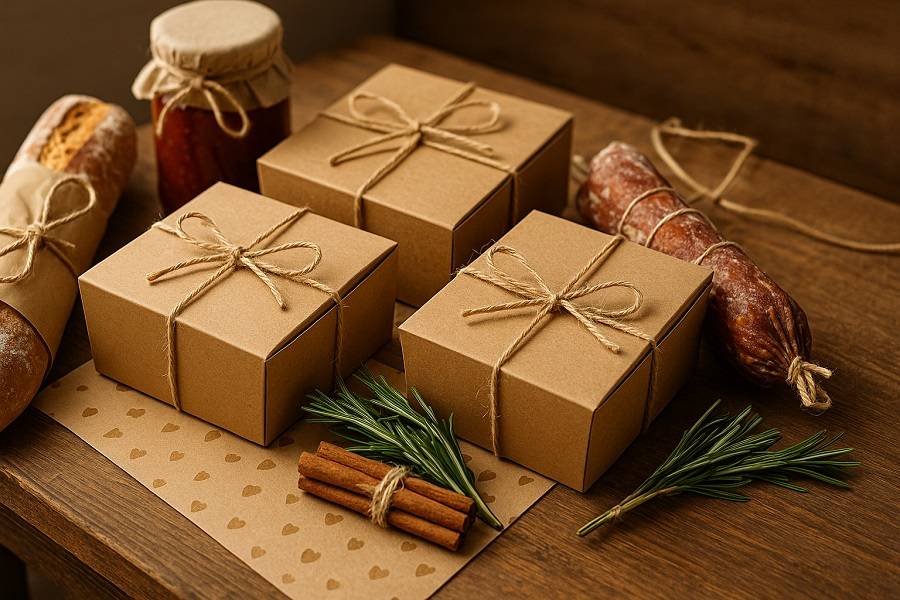
Innovation & Quality
Developing and supplying premium-quality, sustainably grown, consumer products
100% Natural
Organically Grown and Ethically Sourced
hemp and other natural fiber products
Shipping
We offer fast shipping
Your order out within 1-3 days
Wholesale
Visit our wholesale portal to register or login to your account
Twine has been part of food packaging for centuries, and it remains essential in modern production. From tying bread bags to bundling fresh herbs, the right cord keeps products secure, maintains presentation quality and communicates authenticity. For food businesses today, twine must do more than hold a knot, it needs to meet food safety standards, withstand commercial handling and support sustainability goals.
Table of Contents:
Hemptique – Supplying Natural Twine for Food Packaging Worldwide
Hemptique produces and supplies natural twine made from hemp, linen (flax) and cotton that is trusted by bakeries, butchers, caterers and food brands worldwide. Our cords are:
Made from plant-based fibers that are safe for direct food contact.
- Available in multiple thicknesses to match small-scale and commercial production needs.
Biodegradable and compostable, helping businesses cut plastic from their packaging.
With decades of expertise in sustainable textiles and cordage, Hemptique supports food manufacturers, co-packers and retailers with both retail-ready and bulk spool formats. Our global distribution network ensures consistent supply for operations of any scale.
What Makes Twine Safe for Food Packaging?
Not all cords are suitable for direct contact with food. When selecting twine for packaging, safety and compliance must come first. Natural fibers such as hemp and linen are widely used in food service because they meet critical requirements:
- Uncoated and Chemical-Free – Food packaging twine should not contain synthetic coatings, waxes or chemical finishes that could transfer onto products.
- High Heat Resistance – For applications like oven-ready butcher’s twine, fibers must withstand heat without breaking down or releasing harmful substances.
- Direct Food Contact Approved – Natural cords made from plant fibers are safe to use with meats, baked goods, herbs and produce.
- Consistent Strength – Uniform tension and knot-holding ability are essential for commercial use, preventing breaks or loose ties during storage, transport or display.
By choosing twine that balances strength with food safety, businesses can protect both the integrity of their products and the trust of their customers.
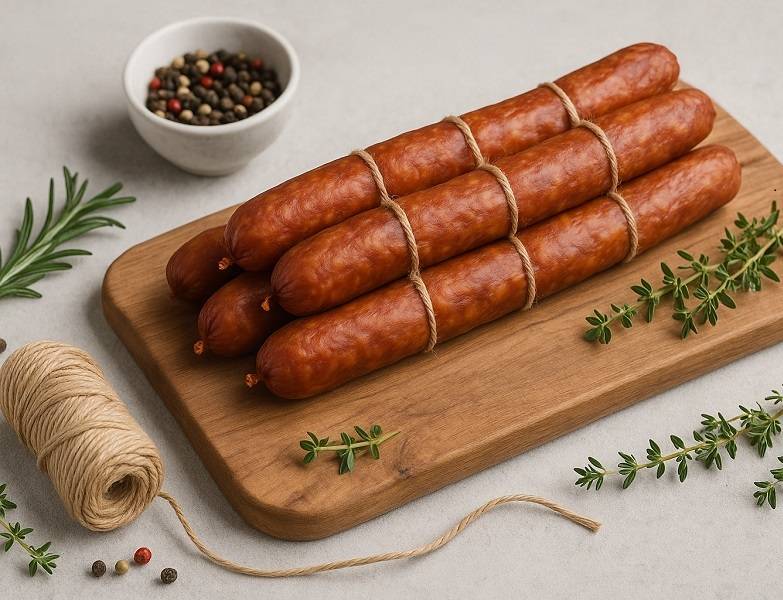
Common Uses of Twine in Food Packaging
Twine is one of the most adaptable tools in food production and presentation. It plays a role in keeping products fresh, organized and appealing across a wide range of settings:
Bakeries and Confectionery
Lightweight twine is used to close pastry boxes, tie bread bags or wrap small bundles of cookies and treats. Its clean, natural look helps products stand out on retail shelves.
Butchers and Delis
Strong butcher’s twine secures roasts, poultry, sausages or cured meats, keeping them in shape during cooking, storage or display.
CSA Programs and Farmers Markets
Producers and vendors rely on twine to bundle herbs, tie together seasonal vegetables and attach labels to fresh produce. Compostable cords reinforce the eco-friendly values of farm-to-table programs.
Specialty Foods and Gift Packaging
Twine adds structure and presentation quality to gourmet baskets, artisan jars or holiday packaging. Linen and hemp twines provide a natural finish that communicates authenticity and craftsmanship.
Meal Kits and Subscription Boxes
Meal kit companies often use twine to bundle uncooked ingredients, attach recipe cards or organize portioned items. It provides an attractive and functional way to keep components together inside the box.
Cheese and Dairy Packaging
Artisan cheesemakers sometimes use natural twine to wrap specialty cheeses or secure cloth coverings. The cord provides both practicality and a rustic aesthetic that matches handcrafted dairy products.
Catering and Event Presentation
Artisan cheesemakers sometimes use natural twine to wrap specialty cheeses or secure cloth coverings. The cord provides both practicality and a rustic aesthetic that matches handcrafted dairy products.
Comparing Hemp, Linen and Cotton Twine for Food Packaging
When choosing twine for food packaging, the fiber source matters. Natural plant-based cords share qualities like compostability and food safety, but each has its own strengths that make it more suitable for certain uses.
| Fiber | Strength Level | Food Contact Safety | Compostability | Best Applications |
|---|---|---|---|---|
| Hemp | High – excellent durability and knot strength | Safe for direct food contact | Fully biodegradable | Butcher’s use, heavy packaging, CSA bundles, farm boxes |
| Linen (Flax) | Medium‑High – smooth finish, holds well | Safe for direct food contact | Fully biodegradable | Specialty packaging, gift baskets, artisan foods |
| Cotton | Medium – soft, easy to handle | Safe for direct food contact | Fully biodegradable | Bakeries, confectionery, light packaging |
Key Takeaways:
Hemp is preferred where strength and resilience are priorities.
Linen provides a refined look for premium or decorative packaging.
Cotton is the classic choice for bakery and lighter applications.
Each fiber type offers a safe and sustainable option. The right choice depends on the balance of durability, presentation and handling required in your food packaging process.
Sustainability Benefits of Natural Twine
When it comes to food packaging, the material choice affects more than appearance or functionality. It also reflects the values of the brand using it. Plant-based twine, made from hemp, linen (flax) or cotton, offers advantages that go beyond performance, directly supporting sustainable production and eco-conscious business practices.
Renewable Plant Fibers
Hemptique’s hemp, linen and cotton twines all begin as agricultural crops. Flax and hemp in particular are recognized for growing with low input requirements, often thriving in poorer soils with minimal irrigation and little need for pesticides. This makes them some of the most environmentally efficient fibers available to packaging and food-service companies.
Biodegradability and Compostability
Unlike synthetic ties or nylon strings, natural twine breaks down safely at the end of its use cycle. Hemp, linen and cotton cords are biodegradable and compostable, leaving no harmful residues. For bakeries, specialty grocers and small food producers, this means packaging that aligns with consumer expectations for reduced plastic use and waste.
Lower Carbon Footprint
Because these fibers are derived from plants, they absorb CO₂ during growth. Combined with mechanical or low-impact processing methods, linen and hemp in particular contribute to a smaller overall carbon footprint compared to petroleum-based alternatives. For food businesses focused on ESG goals, using natural twine in daily operations is a measurable step toward sustainability targets.
Safe for Food Contact
Twines from Hemptique are produced without synthetic coatings or chemical finishes, dyed only with AZO-free, eco-friendly pigments where applicable. This means they are safe to use directly in food preparation and packaging, without introducing unnecessary chemical exposure.
Brand and Consumer Alignment
Modern consumers increasingly prefer brands that demonstrate responsibility toward the environment. Choosing natural twine over synthetic ties communicates a visible, tactile commitment to sustainability. From butcher shops to artisan bakeries, this small switch can elevate how packaging is perceived and support long-term customer loyalty.
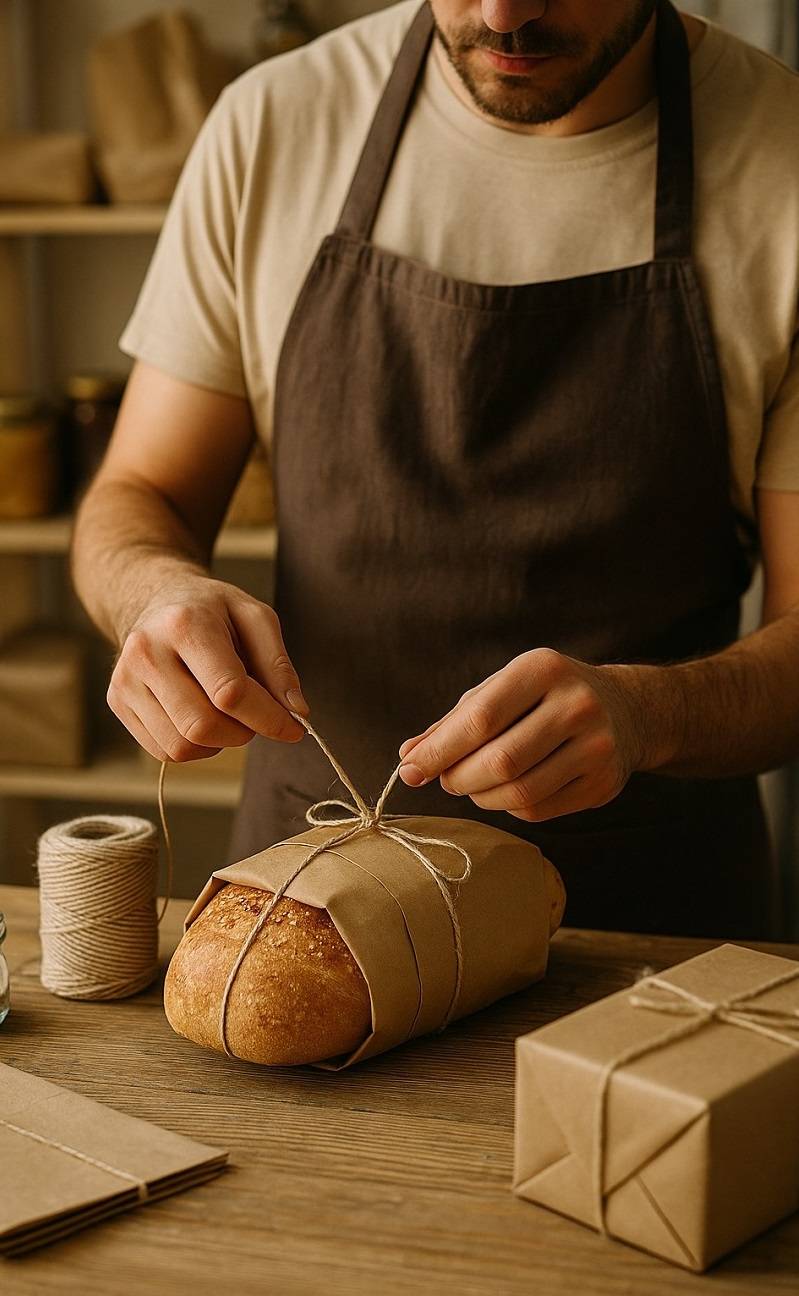
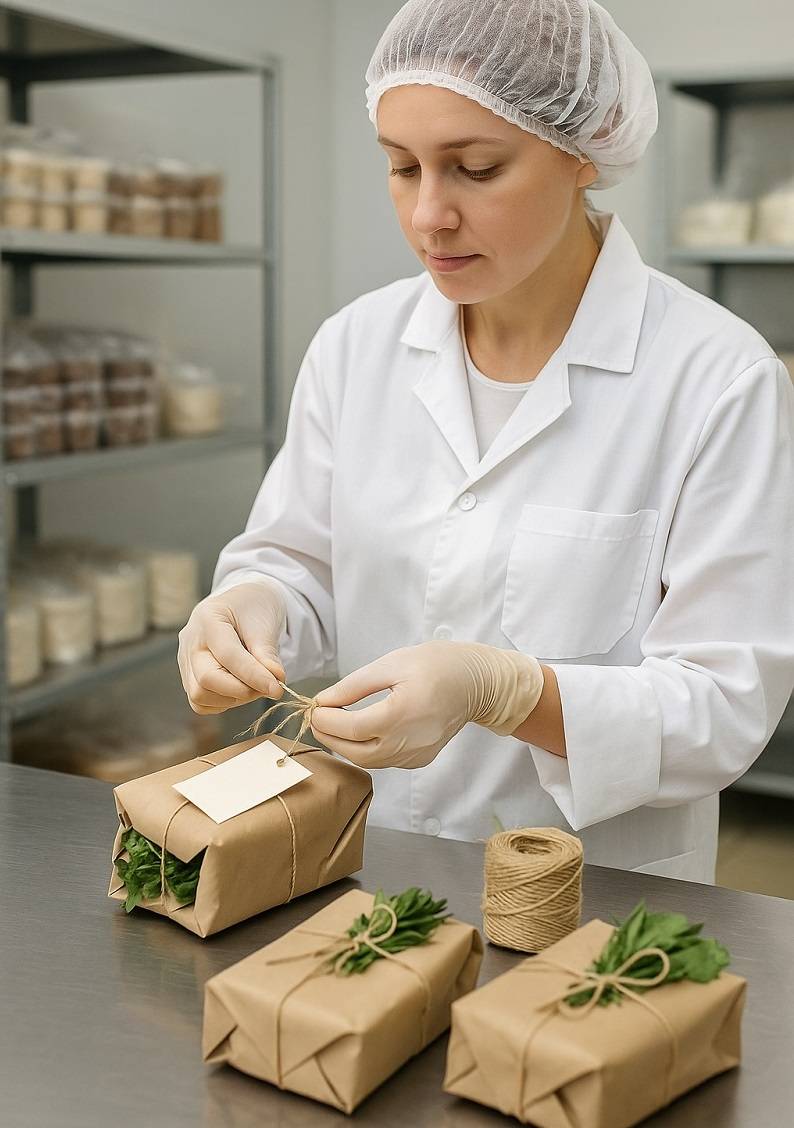
How to Choose the Right Food Packaging Twine
Selecting the best twine for food packaging depends on the type of product, the handling process and your presentation goals. A few key considerations include:
1. Thickness and Strength
Lighter twines work well for tying tags, labeling jars or bundling herbs. For heavier use, such as trussing meat or securing larger bakery boxes, a mid- to heavyweight cord provides the necessary tension and durability.
2. Food-Safe Standards
Always look for twine made from natural, uncoated fibers such as hemp or linen. These materials are safe for direct contact with baked goods, meats and produce without the risk of synthetic coatings or chemicals.
3. Volume and Format
From compact twine balls for small-batch packaging to large spools and kilo rolls for production lines, the right format ensures efficiency at scale. Choosing the correct size can streamline workflows in bakeries, butcher shops or co-packing facilities.
4. Sustainability Priorities
Eco-conscious businesses often prefer biodegradable, compostable cords that support zero-waste initiatives. Hemp and linen twines naturally break down after use, helping reduce reliance on plastics.
5. Presentation and Branding
Twine does more than hold a package together, it contributes to the finished look. Smooth linen cord adds refinement to gourmet gifts, while rustic hemp twine enhances an artisanal, handcrafted image.
When selecting twine, balance performance with brand identity. For operations that require detailed specifications, Hemptique’s food packaging solutions include multiple natural fiber options designed for both function and appearance.
Natural Twine as a Reliable Food Packaging Choice
For bakeries, butcher shops, meal kit companies, and specialty food brands, packaging must balance appearance, safety and consistency. Natural hemp, linen and cotton twines provide a dependable solution that supports production needs while aligning with sustainability and clean-label expectations.
By using plant-based fibers, food businesses cut down on plastic, simplify compliance and deliver packaging that looks authentic and professional. From securing bakery boxes to bundling herbs or trussing meats, natural twine adapts to a wide range of applications without loss of strength or performance.
Frequently Asked Questions
Does natural twine affect the flavor or smell of food?
No. Hemp, linen and cotton twines made from uncoated, plant-based fibers do not transfer odors or flavors to meats, baked goods or produce.
Can natural twine be used in the oven or for cooking directly with food?
Yes, cotton cooking twine is designed for direct use in the oven and can safely withstand typical baking or roasting temperatures. Hemp and linen cords are better suited for packaging and presentation.
What’s the difference between bakers twine and butchers twine?
Bakers twine is often thinner and sometimes decorative, used for presentation such as tying bakery boxes or gift-ready items. Butchers twine is thicker and stronger, used for trussing meat, securing deli paper or hanging cured products.
How should natural twine be stored in a commercial kitchen to keep it safe?
Store twine in a dry, enclosed space away from prep surfaces. Keeping spools in a dispenser box or sealed container helps prevent contamination and maintains consistent performance.
Is natural twine strong enough for hanging cured meats like sausages or salami?
Yes. Medium- and heavy-weight hemp or linen cords provide reliable tension and grip without fraying, even under the weight of hanging meats.
Can natural food packaging twine be composted with food waste?
Yes. Hemp, linen and cotton twines are fully biodegradable and compostable. They can be disposed of with food waste in commercial or farm composting systems, leaving no microplastics behind.
Can colored twine be safely used in food packaging?
Yes, but only when using non-toxic, food-safe dyes. For direct food contact, undyed natural twine is generally preferred.
Are samples available for testing before committing to bulk orders?
Yes. Hemptique provides samples upon request so production teams can test thickness, strength, and machine compatibility before placing a wholesale or bulk order.
Is natural twine suitable for automated packaging equipment?
Yes. Many natural cords are processed for consistent thickness and tension, making them compatible with automated tying or wrapping machines. A sample test is recommended to match the right spool format and gauge to your equipment.


